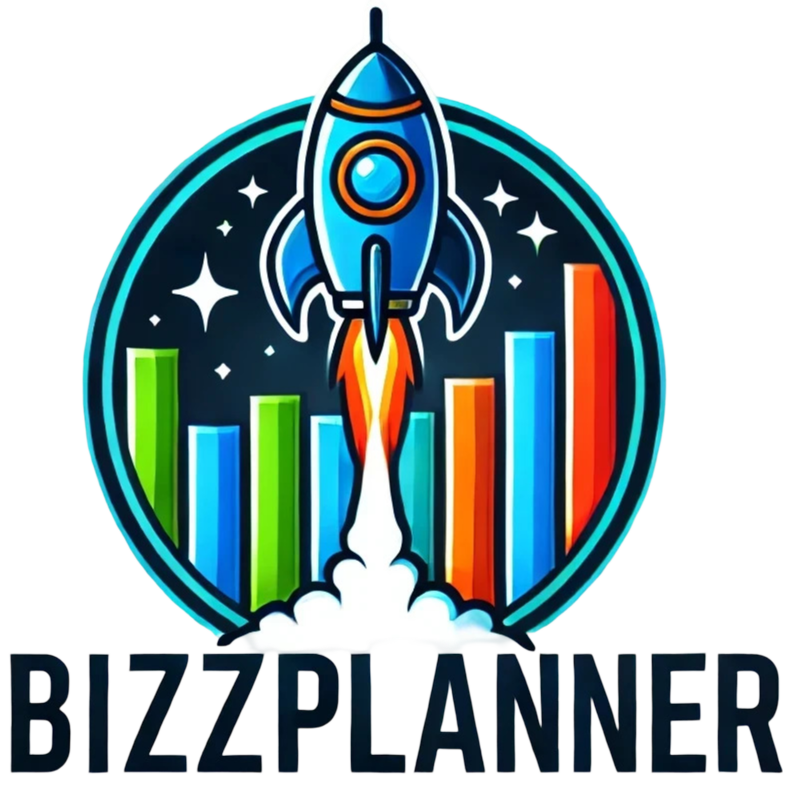Transitioning to agile project management can feel overwhelming, right? Whether you’re a seasoned pro or a total newbie, the idea of shifting your entire workflow can send anyone into a bit of a panic. But guess what? You’re not alone in feeling this way!
Stick with me, and by the end of this guide, you’ll have some clear and practical steps to implement agile in a way that feels manageable. No more guesswork or confusion—just straightforward advice that can help your team thrive.
We’ll explore everything from rallying your stakeholders to finding the perfect agile framework for your needs. Plus, we’ll cover how to maintain a steady pace and keep everyone on the same page. Sounds good? Let’s dive in!
Key Takeaways
Stefan’s Audio Takeaway
- Educate your team about Agile principles and ensure clear project goals are defined.
- Engage stakeholders early and hold workshops to simplify Agile concepts.
- Select an Agile framework like Scrum or Kanban that fits your team’s needs.
- Start with a small project to test Agile processes and build confidence.
- Create cross-functional teams, fostering collaboration and empowering decisions.
- Maintain a clear project backlog, keeping it prioritized and visible to the team.
- Hold regular meetings to review progress and promote continuous improvement.
- Track success using metrics, and stay adaptable to evolving needs and feedback.
- Encourage a sustainable work pace and maintain open communication within the team.
- Review and adjust your Agile framework regularly for better alignment and satisfaction.

1. Implement Agile Project Management Step-by-Step
Implementing Agile project management can feel a bit like building a ship while sailing, but breaking it down into clear steps simplifies the process.
Start by educating yourself and your team about Agile principles—this isn’t just a methodology; it’s a mindset.
Next, identify and define clear project goals to ensure everyone is on the same page right from the get-go.
Create a project backlog that lists tasks prioritized by importance, which will act as your compass.
Use short iterations, called sprints, to facilitate quick wins and regular feedback, allowing for adjustments along the way.
Finally, gather metrics like sprint burndown reports to track progress and maintain transparency throughout the project.
2. Get Stakeholder Support and Educate Your Team
Your project’s success hinges heavily on getting stakeholder buy-in and making sure your team knows what it’s all about.
Start by engaging with stakeholders early. Share how Agile can benefit them, reducing their fears about changing workflows.
Hold workshops that simplify Agile concepts and provide hands-on training. Practice makes perfect, right?
Gather feedback from both the stakeholders and your team to create a supportive environment.
Remember that continuous education is key, so keep revisiting these concepts regularly, adapting as you grow.
Pro Tip: Use Agile frameworks like Scrum or Kanban to help illustrate the concepts to your team—it can help bridge understanding.
3. Select the Right Agile Framework for Your Needs
Choosing the right Agile framework can seem daunting given the options like Scrum, Kanban, or Lean.
First, assess your team’s needs and project requirements. Are you looking for a flexible approach, or do you need more structure?
If your project has defined roles and sprints, Scrum might suit you best; it allows for regular feedback and team accountability.
On the flip side, if your project is more fluid with constantly changing tasks, Kanban’s flexibility could be beneficial.
Don’t forget to consider your team’s expertise as well—if they’re more comfortable with certain tools, leverage that!
Ultimately, the best framework is the one that aligns with both your project goals and team dynamics.

4. Start with a Small Project and Iterate
Starting small allows your team to grasp Agile principles without feeling overwhelmed.
Choose a low-risk project that can serve as a testing ground for your Agile processes.
Once you’ve selected the project, break it down into manageable tasks.
This gives your team quick wins and makes it easier to apply feedback right away.
Use short iterations or sprints, typically lasting 1-4 weeks, to keep the momentum going.
By focusing on these smaller cycles, you’ll refine your approach based on actual experiences.
For instance, if any challenges arise, adapt your methods before taking on larger projects.
Overall, this strategy will bolster confidence and pave the way for successful Agile adoption.
5. Build and Empower a Cross-Functional Agile Team
Cross-functional teams are the backbone of Agile; they bring together skills from various areas of expertise.
Recruit team members not just for their technical skills, but also for their ability to collaborate effectively.
Encourage team ownership by empowering members to make decisions on their work.
Regularly hold team-building activities to create bonds and improve communication.
Each team member should understand how their role contributes to the project’s success.
Additionally, create an environment where everyone feels safe to share ideas openly.
This solidarity significantly boosts morale and productivity.
In fact, organizations with empowered teams see a 44% rise in employee engagement.
6. Clearly Define Project Goals and Create a Backlog
Defining clear project goals is crucial for guiding your team’s efforts.
Use the SMART criteria—Specific, Measurable, Achievable, Relevant, and Time-bound—to set these goals.
A project backlog is simply a prioritized list of tasks to accomplish those goals.
Consider involving the entire team in backlog creation to enhance ownership.
Regularly refine the backlog based on feedback and changing priorities.
Doing this helps cut through the noise and focus on what’s most important for project success.
Don’t forget to keep the backlog visible to all team members to maintain transparency.
7. Use Agile Processes for Effective Planning
Effective planning in Agile involves principles like flexibility and collaboration.
Start each sprint with a planning meeting where you outline goals and tasks for the iteration.
In this meeting, collaborate to estimate how long tasks will actually take.
Use metrics like historical velocity to make more accurate forecasts.
Also, be prepared to adjust plans as necessary based on new information or feedback.
A well-structured planning process ensures that the team remains aligned and focused.
Welcome surprises as opportunities for learning and growth!
8. Hold Regular Meetings and Review Progress
Regular meetings are vital for staying on track with your Agile projects.
Daily stand-up meetings, even if brief, help keep everyone aligned.
Use these meetings to identify obstacles team members might face.
Weekly or bi-weekly sprint reviews and retrospectives are equally important.
During these sessions, assess what was accomplished during the sprint.
Also, discuss what went well, what didn’t, and what improvements can be made.
This ongoing dialogue fosters a culture of continuous improvement.
9. Track Success and Embrace Continuous Improvement
Measuring success in Agile is often about focusing on delivery and team performance.
With almost 47% of Agile teams measured by on-time delivery, tracking metrics is essential.
Consider both qualitative feedback and quantitative data to gauge real progress.
Implement tools to track metrics like velocity and cycle time effectively.
Once you identify areas for improvement, communicate them with the team.
Remember, continuous improvement is a key Agile principle.
By embracing this mentality, projects can adapt and evolve with changing needs.
10. Maintain a Sustainable Pace and Foster Communication
A sustainable work pace helps prevent team burnout during high-pressure sprints.
Encourage breaks and promote a healthy work-life balance.
In addition, foster an environment where communication is open and frequent.
Utilize collaboration tools to ensure everybody stays in the loop.
Good communication can significantly enhance project visibility and reduce misunderstandings.
When your team knows they can talk about concerns or challenges openly, they are likely to be more engaged.
Ultimately, maintaining a sustainable pace and strong lines of communication makes for a more resilient team.
11. Review and Adjust Your Agile Framework as Needed
Agile is not a one-size-fits-all approach; it requires regular review and adjustment.
After each project or sprint, assess the effectiveness of your chosen framework.
Encourage team members to provide feedback on the processes in place.
Are there too many meetings? Is the backlog properly prioritized?
Be ready to tailor your approach based on team needs and project requirements.
This willingness to adapt will lead to higher satisfaction and better outcomes.
Remember, Agile is about flexibility—so embrace the changes!
FAQs
Agile Project Management is a flexible and iterative approach to managing projects, emphasizing collaboration, customer feedback, and rapid delivery of functional software through short cycles called sprints.
To gain stakeholder support, communicate the benefits of Agile, involve them in the process, and provide regular updates on project progress and changes. Ensure their feedback is valued and incorporated.
Common Agile frameworks include Scrum, Kanban, Extreme Programming (XP), and Lean. Each framework has unique practices and focuses, allowing teams to choose one that best fits their project needs.
Continuous improvement in Agile is achieved through regular retrospectives, where teams reflect on their processes, identify areas for enhancement, and implement actionable changes in subsequent sprints.
